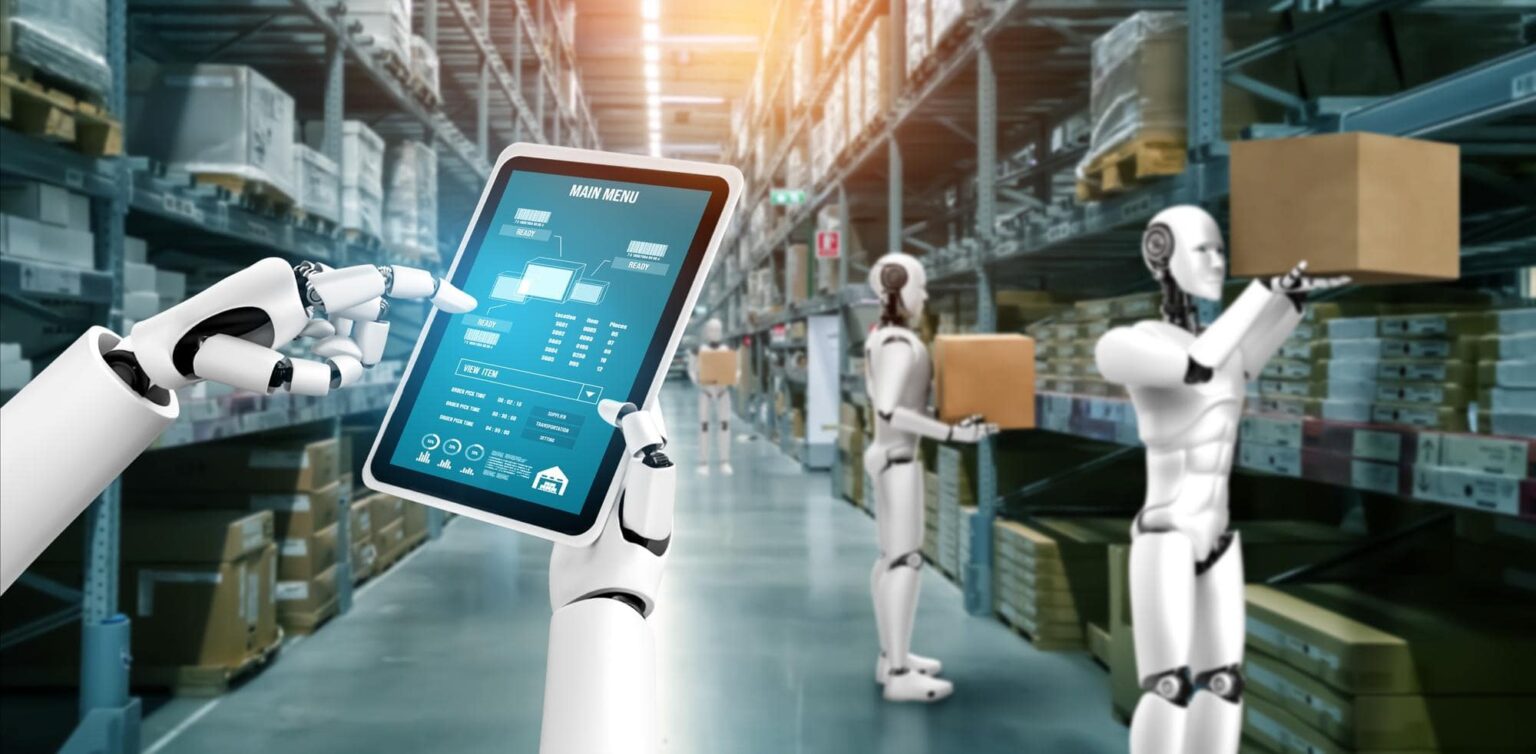Robotic Process Automation (RPA) is increasingly being adopted in the logistics industry to automate manual and repetitive tasks, leading to increased operational efficiency, reduced costs, and improved accuracy. Here are some key aspects of how RPA is transforming logistics operations:
- Order Processing: RPA can automate order processing tasks, such as order entry, order confirmation, and order tracking. Software robots can extract data from incoming orders, validate and update information across systems, and generate order confirmations or tracking notifications. This automation eliminates manual data entry errors, accelerates order processing times, and enhances order accuracy.
- Inventory Management: RPA can streamline inventory management processes by automating tasks such as inventory tracking, stock replenishment, and cycle counting. Robots can monitor inventory levels, trigger reordering when stock reaches predefined thresholds, and update inventory records across systems in real-time. This automation ensures optimal inventory levels, reduces stockouts or overstock situations, and enhances inventory accuracy.
- Freight Documentation: RPA can automate the creation and processing of freight documentation, such as bills of lading, shipping labels, and customs forms. Software robots can extract relevant data from shipping systems, populate required fields in documents, and generate accurate and standardized documentation. This automation eliminates manual paperwork, reduces document processing time, and improves data accuracy.
- Shipment Tracking: RPA can automate the tracking and tracing of shipments across multiple carriers and systems. Robots can retrieve tracking information from carrier websites or APIs, consolidate data, and provide real-time shipment status updates to customers or internal stakeholders. This automation enhances visibility and transparency in the logistics process, enabling proactive issue resolution and improved customer service.
- Invoice Processing: RPA can automate the processing of invoices by extracting data from invoices, matching them with corresponding purchase orders or delivery receipts, and updating financial systems. Robots can perform data validation, handle exceptions, and initiate payment processes. This automation improves invoice processing speed, reduces manual errors, and enhances accuracy in financial transactions.
- Data Entry and Validation: RPA can automate data entry and validation tasks, such as updating customer information, tracking numbers, or shipping addresses across multiple systems. Robots can extract data from various sources, validate it against predefined rules, and update the information in the relevant systems. This automation eliminates manual data entry efforts, reduces errors, and ensures data consistency.
- Customer Service: RPA can enhance customer service in logistics by automating customer inquiries and issue resolution. Software robots can handle common customer queries, provide real-time shipment updates, and escalate complex issues to human agents when necessary. This automation improves response times, enhances customer satisfaction, and frees up human resources to focus on more complex customer needs.
- Reporting and Analytics: RPA can automate the generation of reports and analytics by extracting data from various systems, consolidating it, and generating predefined reports or dashboards. Robots can perform data analysis, identify trends, and provide actionable insights to logistics managers for decision-making. This automation enables faster and more accurate reporting, improves data visibility, and enhances operational efficiency.
By leveraging RPA in logistics, companies can streamline operations, reduce manual effort, and improve overall productivity. However, it’s important to note that successful implementation of RPA requires careful planning, process evaluation, and change management to ensure seamless integration with existing systems and workflows.



